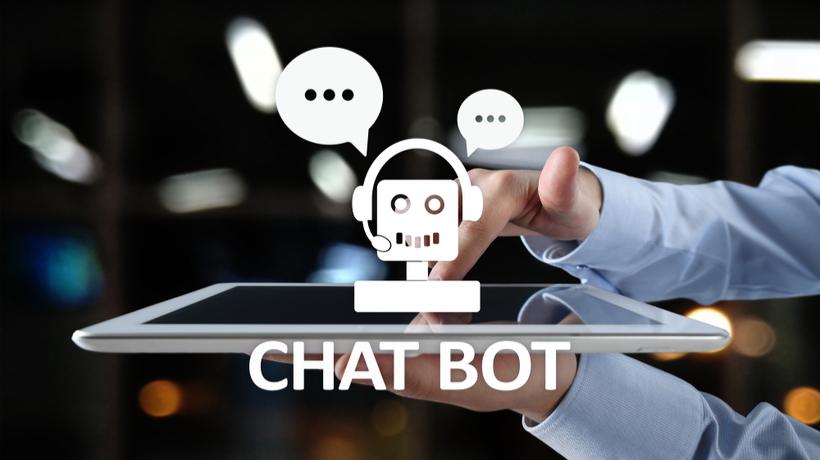Creating Chatbots For Microlearning
I talked about using chatbots for microlearning in a recent article. When we, at Harbinger, created our first eLearning chatbot, there was a lot to learn. Although we had implemented multiple chatbots for our customers by that time, all of them were in a non-eLearning context. So, while the technology to build a chatbot was not new for us, making a chatbot work for microlearning was totally different. Here are 7 things we learned through this experience.
1. Creating A Chatbot For Microlearning Is Not About Just Feeding Content
While a techie may say that you just need a set of questions and answers to train a chatbot, this might not be correct. You cannot just feed raw content to a chatbot for it to start working. There is a lot of Instructional Design effort which needs to go into formatting the content for the best experience. The idea of a chatbot for microlearning is not about just a search engine that gives answers, but a human-like bot which is there to help.
2. Setting Up The Right Entities And Utterances Is Critical
For those who are new to chatbots, there are 3 key terms that are used in chatbot context:
- Intent
What does the user want to do or what questions does the user have? - Utterances
This is where AI comes in play as this is what the user says. One needs to anticipate different ways a user can ask the same question. For example:
o How many types of fire extinguishers are there?
o Do extinguishers come in multiple types?
o I am looking for types of fire extinguishers.
There can be many different utterances for intent. In fact, the larger the library of utterances, the better a bot response would be. - Entity
It implies a category of something. For example, location is an entity and all countries would be a part of that entity. Defining entities for the chatbot training content is a vital task.
3. Creating A Bot Is Not Only The Work Of Engineers But It Also Needs The Involvement Of Instructional Designers And Subject Matter Experts
When we started creating the bot, our team had mostly content writers and developers. Soon, we realized that developing a bot is not such a big challenge. But, the process of writing intents, listing their utterances, and defining entities was the heart of the work. And this could be done by Instructional Designers and Subject Matter Experts. We then developed a process where these two entities became an integral part of the development and training of a chatbot.
4. You Need Many People To Test A Bot, Not Just Quality Engineers
In eLearning development, any course that we create goes through a thorough quality check. But, when it came to a bot, neither our developers nor our QA engineers could test the bot right. To test the bot, you need multiple users who can use the bot in their style and language, because that’s how one understands the utterances being missed in order to train the bot or the entities not getting captured. Every time someone used the bot, we realized we had a scope to train the bot again.
5. A Bot Gets Better With Every Use
The first time we published a bot, we were very happy. But, the moment one of our team members tried it, it failed. It was a huge disappointment at that time but soon we realized that we didn’t do a bad job with the bot. The bot was simply not trained for that intent or utterance yet. And once we trained the bot, it only became better. In fact, every question the bot didn't find an answer for was a moment of improvement for us thereon. With every passing day, the bot was only getting better and was able to handle more and more utterances correctly.
6. A Bot Doesn't Need To Be Only Textual
Bots need not be restricted to only text. We can have visual bots with text, images, and videos to deliver enhanced learning experiences. Chatbot conversations that include images, emojis, or videos engage employees better and also help reinforce the message.
7. One Bot Cannot Answer Everything
While we would like a bot that can answer all our queries, this is probably still a dream. One needs to clearly define the scope and purpose of a bot. What is it that your bot should answer? Where can the bot help the most? If we defined the scope of a bot too narrow, it would be accurate but less helpful. If it is too broad, it would probably take years to train that bot to start giving accurate results. So, finding and defining the right scope at the start is the key.
Our first microlearning bot design helped set up a good process for all our future development. The possibility of using such a bot in an organization to help people learn in the flow of work excited us. We have built multiple microlearning chatbots since then. You could click here to see some demos.
Have you created a microlearning chatbot? How has your experience been? Share through the comments below.









